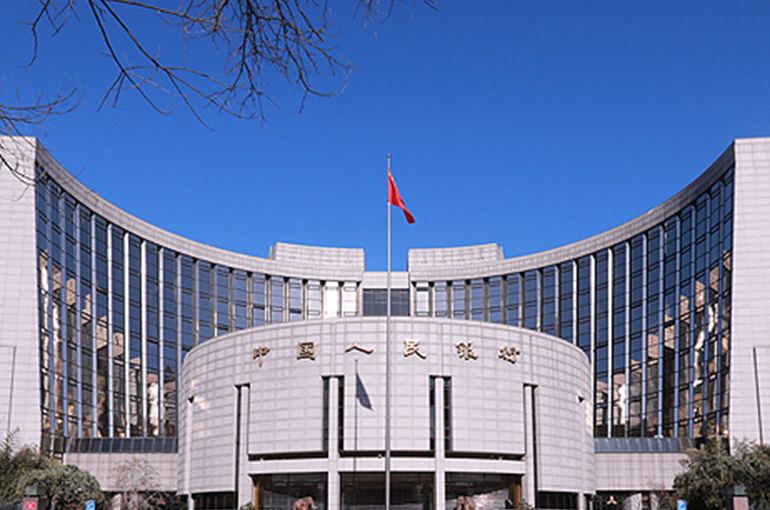 ASEAN+China, Japan, and South Korea Add Yuan to Currency Swap Network
ASEAN+China, Japan, and South Korea Add Yuan to Currency Swap Network(Yicai) April 11 -- The regional currency swap network of the 10 Association of Southeast Asian Nations, along with China, Japan, and South Korea, has approved the addition of the Chinese yuan as a funding currency.
Xuan Changneng, deputy governor of the People’s Bank of China, joined other finance and central bank deputies at the recent ASEAN+3 (China, Japan, and South Korea) meeting in Kuala Lumpur, Malaysia, where they formalized the use of renminbi contributions under the Chiang Mai Initiative Multilateralization, the PBOC announced on its website today.
The decision enables all participating countries -- including Thailand, Vietnam, and Singapore -- to make yuan contributions. Previously, the primary funding currency was the US dollar. Established in 2010, the CMIM provides a coordinated framework with a common reserve pool, allowing members to draw funds up to a multiple of their contribution to address short-term liquidity needs.
At the meeting, officials also discussed the potential impact of the Donald Trump administration’s tariff policies on global and regional macroeconomic stability. They addressed ways to improve the CMIM mechanism and enhance the role of the ASEAN+3 Macroeconomic Research Office -- a regional think tank and crisis monitoring institution -- while reaching a consensus on deepening policy coordination and strengthening regional financial safeguards.
Xuan stated that in light of growing global uncertainty, the PBOC will continue to pursue a moderately loose monetary policy to support stable financial markets and reinforce the momentum of sustained economic recovery.
Editor: Emmi Laine